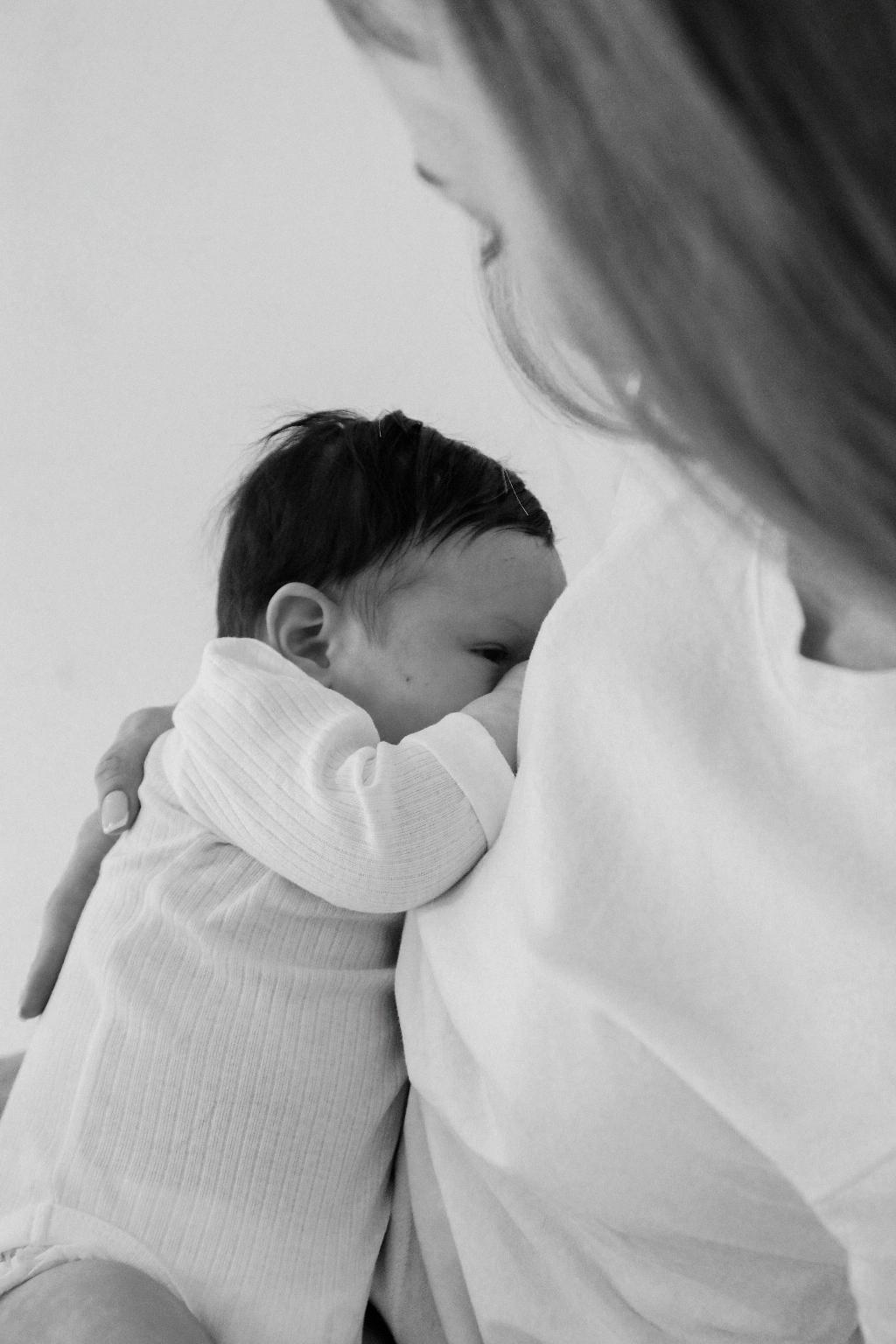One of the common queries that new parents often have is whether it’s okay to give a breastfed newborn a pacifier. The topic of pacifier use for breastfeeding infants has been a point of contention among medical professionals and parents alike.
The Cultural Acceptance of Pacifiers
It is true that pacifiers have become a cultural norm in many parts of the world, and they are often viewed as a soothing tool for babies. However, when it comes to breastfed newborns, the advice on pacifier use tends to be more nuanced.
Benefits of Pacifier Use
Research suggests that pacifier use may be associated with a decrease in the incidence of sudden infant death syndrome (SIDS), which is a significant concern for many parents. The comfort provided by a pacifier can also help calm a fussy baby and aid in promoting better sleep patterns.
Consideration of Breastfeeding
Both the American Academy of Pediatrics (AAP) and the American Academy of Family Physicians recommend delaying pacifier use until breastfeeding is well established. This is because early introduction of a pacifier can sometimes lead to nipple confusion, making it harder for the newborn to latch and feed effectively.
Pacifiers and Nipple Confusion
Nipple confusion occurs when a baby has difficulty differentiating between the nipple of a bottle, pacifier, or breast. This confusion can result in breastfeeding difficulties and may lead to decreased milk supply for the mother.
Effects on Breastfeeding
For some breastfed newborns, the use of a pacifier can impact the frequency and duration of breastfeeding sessions. Babies may become less interested in nursing if they are given a pacifier too early, leading to potential breastfeeding challenges down the line.
Establishing a Breastfeeding Routine
It is crucial for breastfeeding mothers to establish a good nursing routine with their newborns before considering introducing a pacifier. This allows the baby to develop a strong suckling reflex and ensures proper milk transfer during feedings.
Guidelines for Pacifier Use
If a parent decides to introduce a pacifier to a breastfed newborn, it is advisable to wait until breastfeeding is going smoothly, typically around three to four weeks after birth. Limiting pacifier use to specific times, such as for soothing before sleep, can help prevent potential breastfeeding issues.
Tricks for Transitioning
If a baby is having trouble adjusting to breastfeeding after using a pacifier, there are techniques that can help with the transition. Gradually reducing pacifier use and offering more skin-to-skin contact during feeding times can encourage the baby to prioritize breastfeeding over pacifier use.
Communication with Healthcare Providers
Parents who are unsure about introducing a pacifier to their breastfed newborn should consult with their healthcare provider for personalized guidance. A lactation consultant or pediatrician can offer tailored advice based on the baby’s unique feeding behaviors and needs.
Monitoring Baby’s Growth and Development
Throughout the breastfeeding journey, it is essential for parents to monitor their baby’s growth and development closely. Observing feeding cues, tracking weight gain, and communicating any concerns with healthcare providers can help ensure the baby is thriving and meeting their milestones.
The Final Verdict
While pacifiers can be a helpful tool for soothing infants and reducing the risk of SIDS, parents of breastfed newborns should proceed with caution when considering pacifier use. By prioritizing breastfeeding establishment and seeking guidance from healthcare providers, parents can navigate the decision of introducing a pacifier in a way that supports both breastfeeding success and infant well-being.

